1. How to Choose the Right PVC Waste Pipe Size: 32mm, 40mm, or 50mm?
Choosing the right pipe size depends on the type of fixture and the expected water flow. Here's a comparison of the most common PVC waste pipe sizes:
32mm: Ideal for low-flow fixtures such as hand basins and bidets.
40mm: Suitable for moderate-flow fixtures including showers, bathtubs, and washing machines.
50mm: Best for kitchen sinks, floor drains, or multiple fixtures sharing the same waste line.
Tip: The higher the water output, the larger the pipe diameter you should use to avoid blockages and slow drainage.
2. PVC Waste Pipe Size Guide for Bathrooms and Kitchens
Bathroom Recommendations
32mm: Wash basins, vanity units
40mm: Showers, bathtubs, washing machines
50mm: Multiple bathroom fixtures with shared waste line
Kitchen Recommendations
40mm: Single kitchen sinks
50mm: Double sinks, dishwashers, or appliances with high output
Each area of the home has unique demands. Kitchens often need higher-capacity pipes due to grease and food residue, while bathrooms may use smaller diameters for compact fittings.
3. How to Install a PVC Waste Pipe: Step-by-Step Guide
Tools and materials you’ll need:
PVC pipes and connectors (32mm, 40mm, or 50mm)
Pipe cutter or hacksaw
Deburring tool or sandpaper
Solvent cement
Measuring tape and marker
Installation steps
Measure and cut the pipe to the correct length.
Dry fit the pieces to check alignment.
Clean and deburr pipe ends.
Apply solvent cement to both the pipe and fitting.
Connect with a slight twist and hold for 10–20 seconds.
Let it cure before running water through the system.
Always ensure a proper gradient (at least 1:40) for effective drainage.
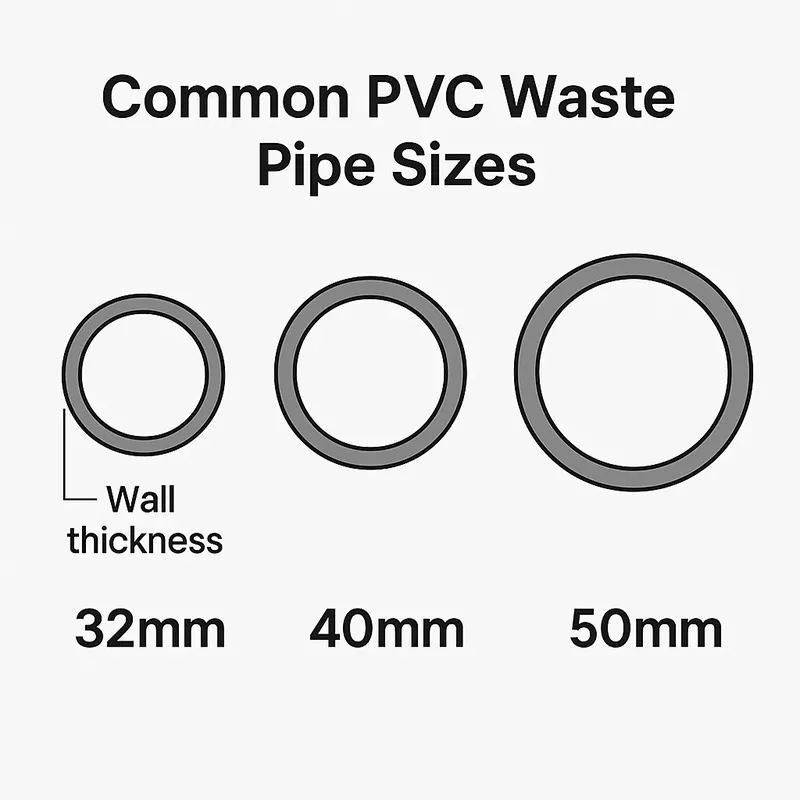
4. Common Mistakes to Avoid When Installing 40mm or 50mm Waste Pipes
Using the wrong pipe size: Don’t use 32mm for high-flow fixtures.
Not enough slope: Without proper fall, water won’t drain efficiently.
Skipping glue: Solvent cement is essential for a watertight seal.
Incorrect angles: Avoid sharp bends—use sweep elbows to reduce flow restriction.
A well-planned layout reduces long-term maintenance and improves system performance.
5. PVC Waste Pipe Maintenance: Preventing Blockages in 32mm and 40mm Pipes
Common issues include hair clogs in basins, grease buildup in kitchen sinks, and soap residue in showers.
Prevention tips:
Install traps (like bottle traps or P-traps)
Use drain filters to catch debris
Flush with hot water and dish soap regularly
Avoid pouring oils or food waste down the drain
Consider enzyme-based cleaners for ongoing maintenance
Regular cleaning keeps your drainage running smoothly and extends pipe life.
6. Best PVC Waste Pipe Size for Washing Machine, Sink, or Shower
Washing machine: 40mm pipe for high-discharge water
Sink: 40mm for most uses; 50mm for double sinks or dishwashers
Shower: 40mm standard; 32mm acceptable for low-flow designs
Basin: 32mm is typically sufficient
Always match pipe size with fixture requirements to avoid future problems.
7. 32mm vs 40mm Waste Pipe: What’s the Difference and When to Use Each?
| Feature | 32mm Pipe | 40mm Pipe |
| Flow rate | Lower | Higher |
| Fixture compatibility | Basins, bidets | Showers, washing machines, bathtubs |
| Installation ease | More compact | Slightly heavier, better flow |
| Cost | Lower | Slightly higher |
Use 32mm where space is tight and flow is minimal.
Use 40mm for most modern fixtures that handle larger volumes of water.
Understanding the correct PVC waste pipe size—whether 32mm, 40mm, or 50mm—is critical for proper drainage and long-term plumbing efficiency. Whether you're a homeowner doing a DIY job or a professional installer, matching pipe size to fixture type will help prevent leaks, clogs, and costly repairs. Be sure to follow best practices for installation and maintenance to ensure smooth operation for years to come.
FAQ
1. What is a PVC waste pipe used for?
A PVC waste pipe is used to carry wastewater from fixtures such as sinks, basins, showers, and washing machines. It is suitable for non-pressure drainage systems inside residential and commercial buildings.
2. What size PVC waste pipe should I use?
32mm: Commonly used for hand basins and small bathroom sinks
40mm: Suitable for showers, bathtubs, and washing machines
50mm: Ideal for kitchen sinks, floor drains, and combined waste lines
3. Can I use a 40mm waste pipe for a washing machine?
Yes, a 40mm PVC waste pipe is generally suitable for washing machine drainage. Make sure the trap and connection are properly fitted to avoid backflow or leakage.
4. What is the difference between 32mm and 40mm waste pipe?
The main difference is the internal diameter and flow capacity.
32mm is better for low-flow fixtures like basins.
40mm handles higher volumes of water, ideal for showers and appliances.
5. Can I connect different sizes of waste pipe together?
Yes, you can connect 32mm, 40mm, and 50mm waste pipes using reducers, adaptors, or multi-size fittings. Always use proper solvent cement and ensure the joint is watertight.
6. Is a 50mm waste pipe better than 40mm?
Not necessarily. While 50mm has a higher flow capacity, it may be overkill for single fixtures. Use 50mm for combined drainage (e.g., two sinks into one pipe) or longer runs to avoid blockages.
7. Are PVC waste pipes suitable for outdoor use?
Standard indoor PVC waste pipes are not UV-stabilized. For outdoor use or exposure to sunlight, choose UV-resistant or grey PVC pipes.
8. How do I stop smells coming from my PVC waste pipe?
Make sure to install a trap (P-trap, bottle trap, or S-trap) below the fixture. This prevents sewer gases from coming back into your home.
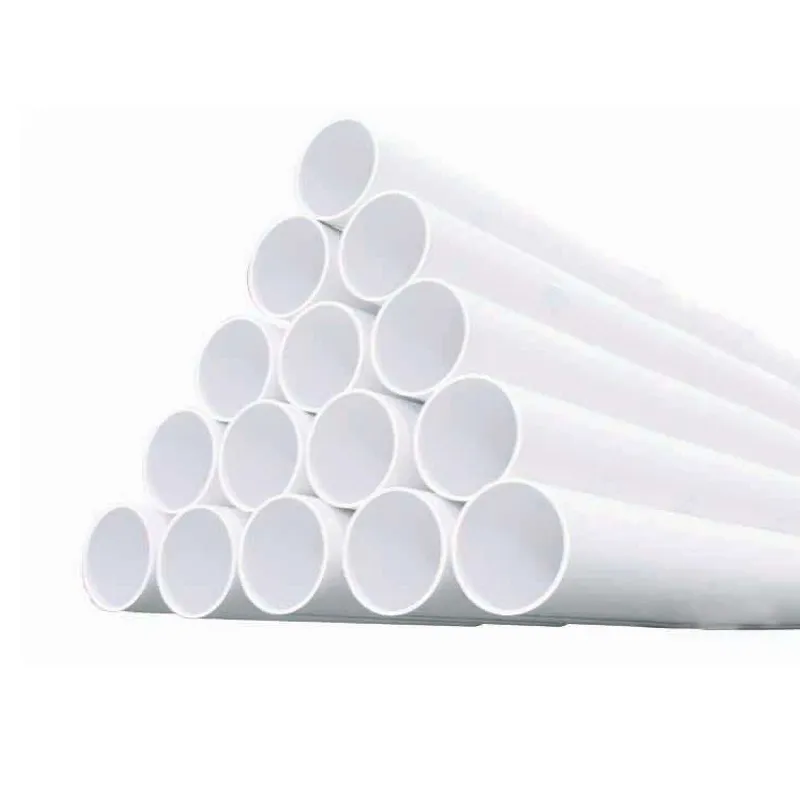
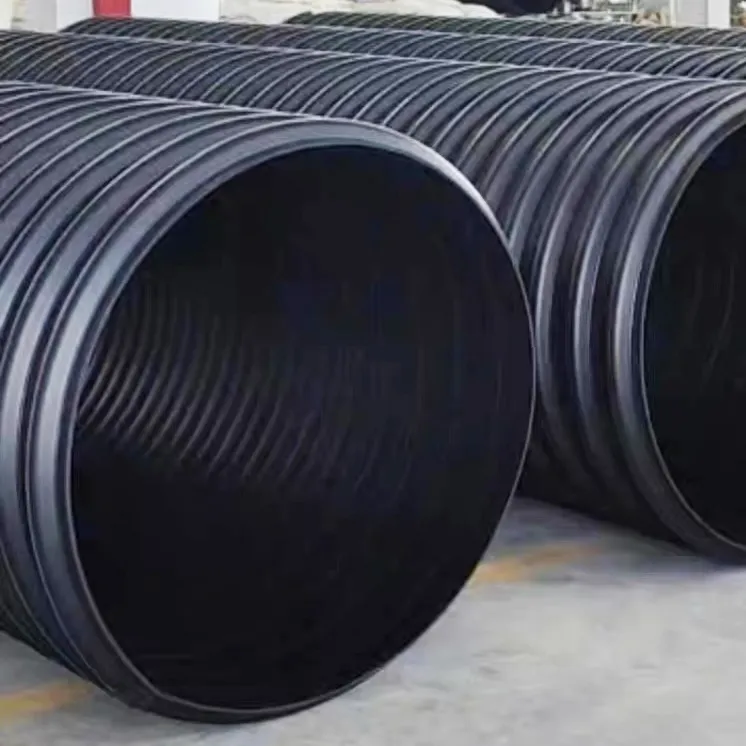
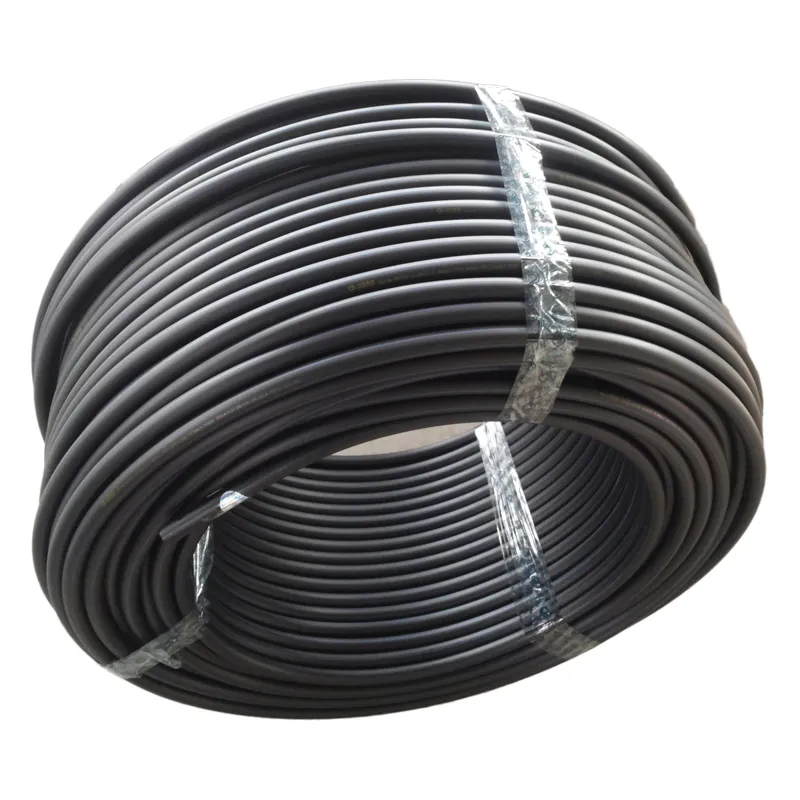

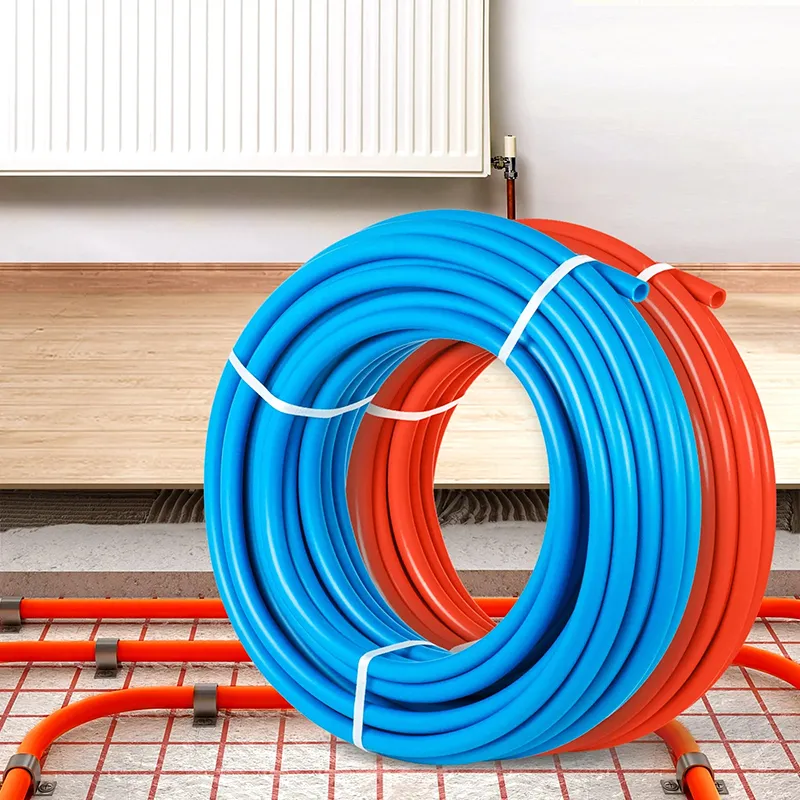
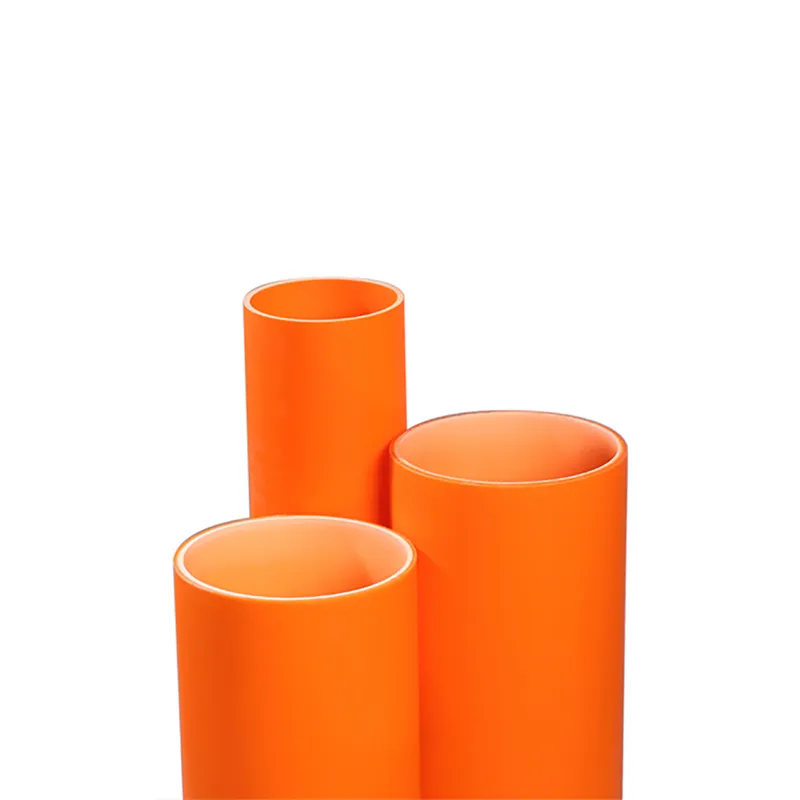
294.webp)
476.webp)
420.webp)
146.webp)
460.webp)
287.webp)
274.webp)
688.webp)


